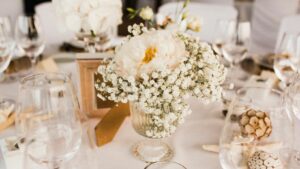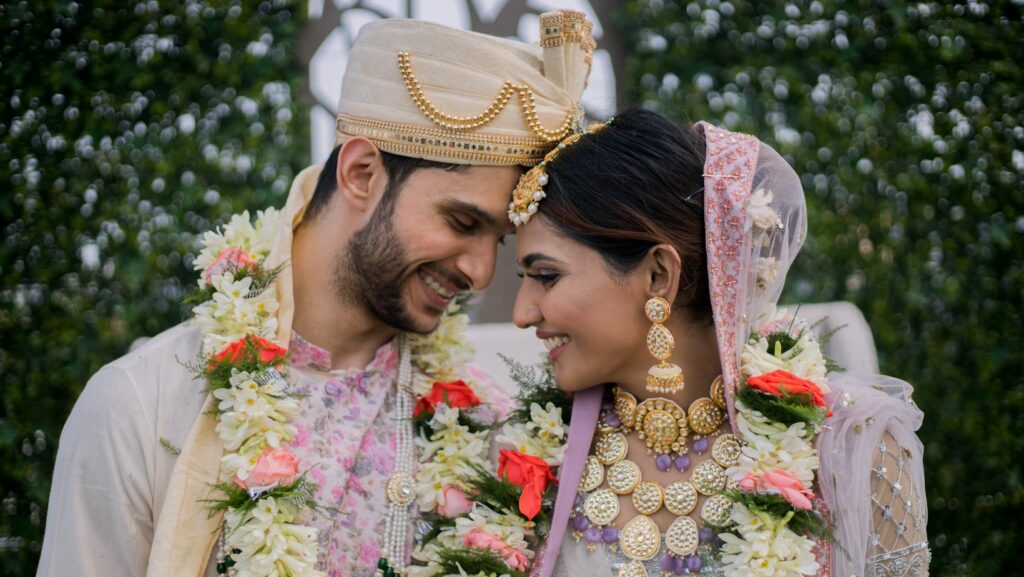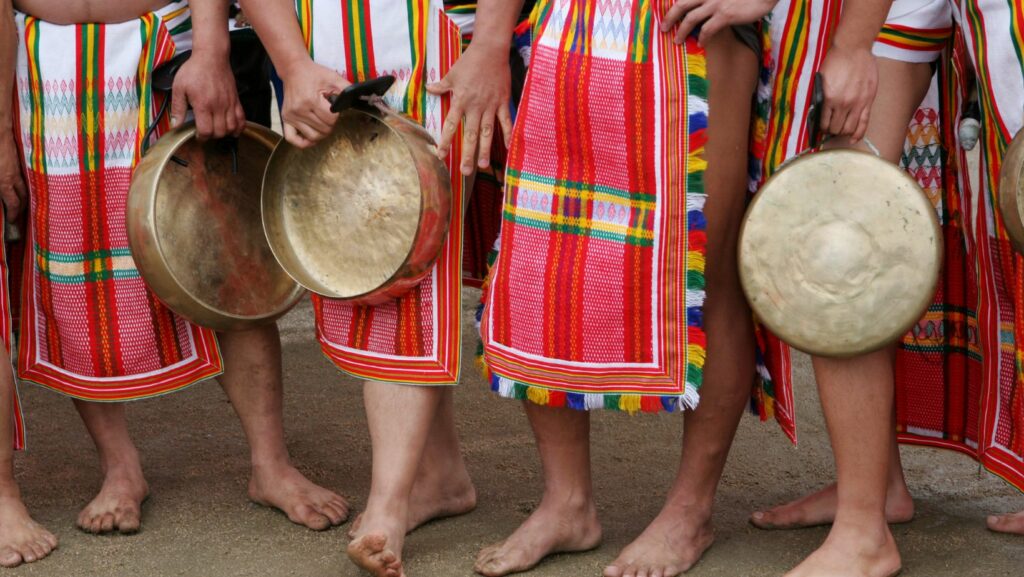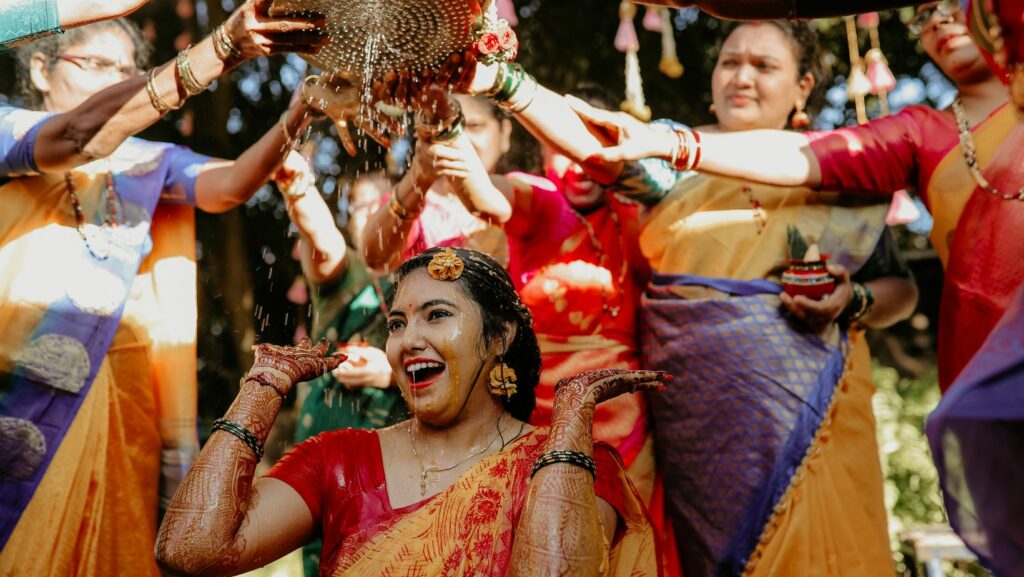 Traditional Japanese wedding attire is a captivating blend of elegance, symbolism, and cultural heritage. Steeped in history, these garments transform a wedding ceremony into a vibrant celebration of tradition and familial bonds. Unlike Western bridal wear, Japanese wedding dresses are deeply rooted in rituals that have been passed down through generations, each element carrying its own significance. The iconic white kimono, known as the shiromuku, is perhaps the most recognized piece, symbolizing purity and new beginnings. Brides often change into a colorful uchikake, a richly embroidered outer robe, during the ceremony, showcasing the beauty and artistry of Japanese craftsmanship. This transition not only adds visual splendor but also represents the bride’s journey into her new life. By exploring the traditional Japanese wedding dress, one uncovers a world of intricate designs and meaningful customs that continue to inspire and captivate people around the globe.
Traditional Japanese wedding attire is a captivating blend of elegance, symbolism, and cultural heritage. Steeped in history, these garments transform a wedding ceremony into a vibrant celebration of tradition and familial bonds. Unlike Western bridal wear, Japanese wedding dresses are deeply rooted in rituals that have been passed down through generations, each element carrying its own significance. The iconic white kimono, known as the shiromuku, is perhaps the most recognized piece, symbolizing purity and new beginnings. Brides often change into a colorful uchikake, a richly embroidered outer robe, during the ceremony, showcasing the beauty and artistry of Japanese craftsmanship. This transition not only adds visual splendor but also represents the bride’s journey into her new life. By exploring the traditional Japanese wedding dress, one uncovers a world of intricate designs and meaningful customs that continue to inspire and captivate people around the globe.
Japanese Wedding Dress Traditional
 Japanese wedding attire, steeped in tradition, features unique garments like the shiromuku and uchikake. The shiromuku, an all-white kimono, symbolizes purity and new beginnings. Its immaculate hue plays a pivotal role in traditional Shinto ceremonies. Brides often wear a tsunokakushi, a white hood, adding to the ensemble’s symbolism by hiding “horns of jealousy.” Intricate embroidery adorns the uchikake, a vibrant outer robe. Worn over the kimono, it signifies the transition into married life. Often featuring motifs of cranes or flowers, the uchikake’s vivid colors contrast sharply with the shiromuku, representing joy and prosperity. In Buddhist ceremonies, brides may opt for an iro-uchikake, a colored variation, reflecting individual family traditions. Accessories hold equal importance in completing the traditional look. Kanzashi, ornamental hairpieces, complement the bride’s hairstyle. Zori sandals, paired with tabi socks, ensure comfort and elegance. Each clothing piece and accessory contributes to a rich tapestry of cultural tradition in Japanese weddings.
Japanese wedding attire, steeped in tradition, features unique garments like the shiromuku and uchikake. The shiromuku, an all-white kimono, symbolizes purity and new beginnings. Its immaculate hue plays a pivotal role in traditional Shinto ceremonies. Brides often wear a tsunokakushi, a white hood, adding to the ensemble’s symbolism by hiding “horns of jealousy.” Intricate embroidery adorns the uchikake, a vibrant outer robe. Worn over the kimono, it signifies the transition into married life. Often featuring motifs of cranes or flowers, the uchikake’s vivid colors contrast sharply with the shiromuku, representing joy and prosperity. In Buddhist ceremonies, brides may opt for an iro-uchikake, a colored variation, reflecting individual family traditions. Accessories hold equal importance in completing the traditional look. Kanzashi, ornamental hairpieces, complement the bride’s hairstyle. Zori sandals, paired with tabi socks, ensure comfort and elegance. Each clothing piece and accessory contributes to a rich tapestry of cultural tradition in Japanese weddings.
History Of The Japanese Wedding Dress
 Japanese wedding dresses date back to the Heian period (794–1185), when elaborate outfits signified social status and familial ties. During this era, brides wore multilayered silk kimonos, or juni-hitoe, reflecting wealth and prestige. Colorful robes adorned with chrysanthemums or wisteria represented changing seasons and life transitions.
Japanese wedding dresses date back to the Heian period (794–1185), when elaborate outfits signified social status and familial ties. During this era, brides wore multilayered silk kimonos, or juni-hitoe, reflecting wealth and prestige. Colorful robes adorned with chrysanthemums or wisteria represented changing seasons and life transitions.
In the Edo period (1603–1868), traditional attire evolved with the introduction of the shiromuku, the iconic white kimono symbolizing purity. Meanwhile, the uchikake became a staple, worn over the kake-eri. This evolution underscored the importance of style and family commitment in ceremonies.
The Meiji era (1868–1912) saw further transformation due to Western influences. Japanese brides began incorporating Western styles into their wedding attire, melding tradition with contemporary fashion. Despite these shifts, core elements of traditional Japanese wedding dresses, like the shiromuku and uchikake, endured and maintained their cultural significance.
Types Of Traditional Japanese Wedding Dresses
Traditional Japanese wedding dresses hold deep cultural significance, offering brides a connection to their heritage through elegant and symbolic attire.
Shiro-Muku
The shiro-muku, a pure white kimono, symbolizes a bride’s purity and new beginnings. Worn primarily in Shinto ceremonies, this garment is composed of multiple silk layers. Its white hue represents the bride’s readiness to be “painted” into the family colors of her husband. The simplicity of the shiro-muku is complemented by detailed craftsmanship, reflecting the bride’s unblemished state and spiritual purity.
Iro-Uchikake
The iro-uchikake is a colorful outer robe that brides wear over their kimonos. Unlike the shiro-muku, this garment showcases vibrant hues and intricate designs. Patterns often feature symbols of prosperity and happiness, such as cranes and flowers. Traditionally, the iro-uchikake signals the celebration aspect of the wedding, highlighting joyous wishes for the couple’s future. This robe is especially prominent in Buddhist ceremonies.
Tsunokakushi
The tsunokakushi is a distinct headpiece worn by brides to conceal the “horns of jealousy” and represent modesty and obedience. It consists of a white hood that adds a serene element to the bride’s appearance. By wearing the tsunokakushi, brides demonstrate their commitment to harmony and goodwill within the marriage. This accessory serves as a subtle yet powerful symbol of transitioning from maidenhood to married life.



